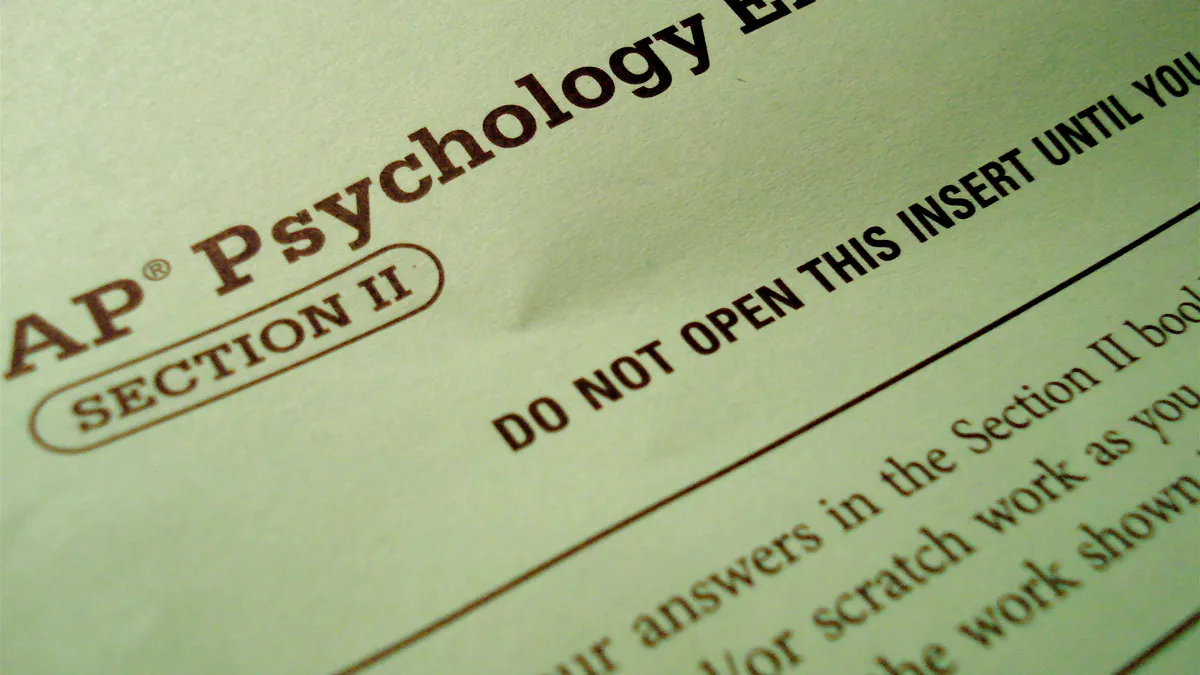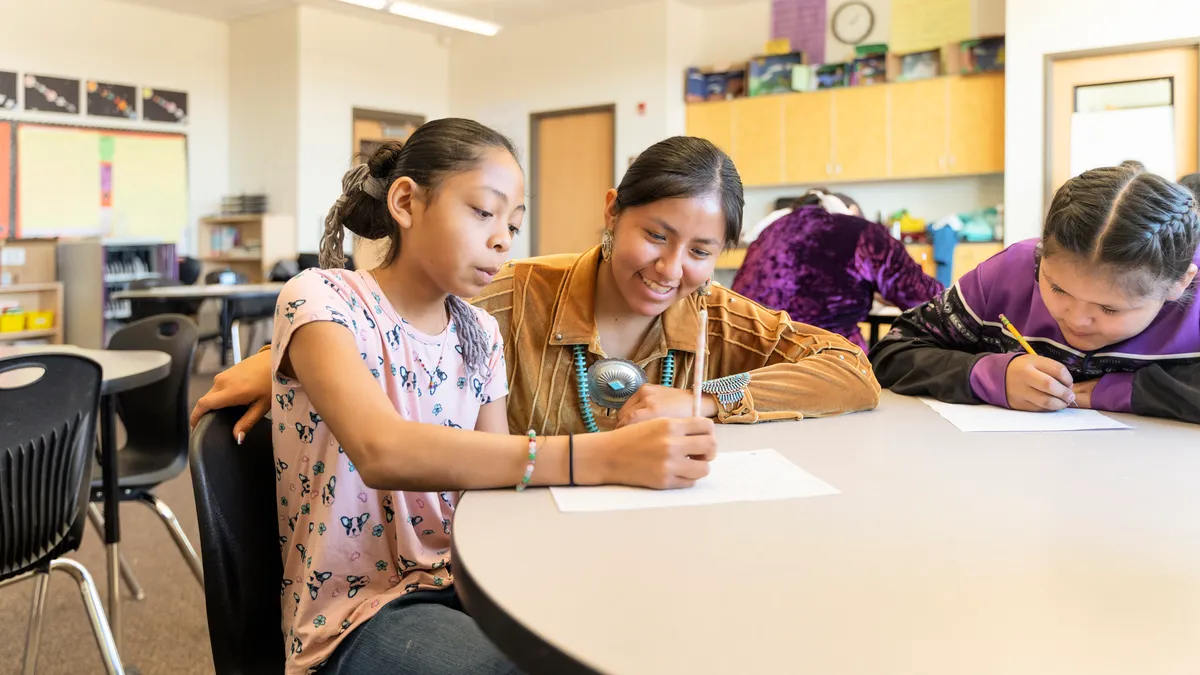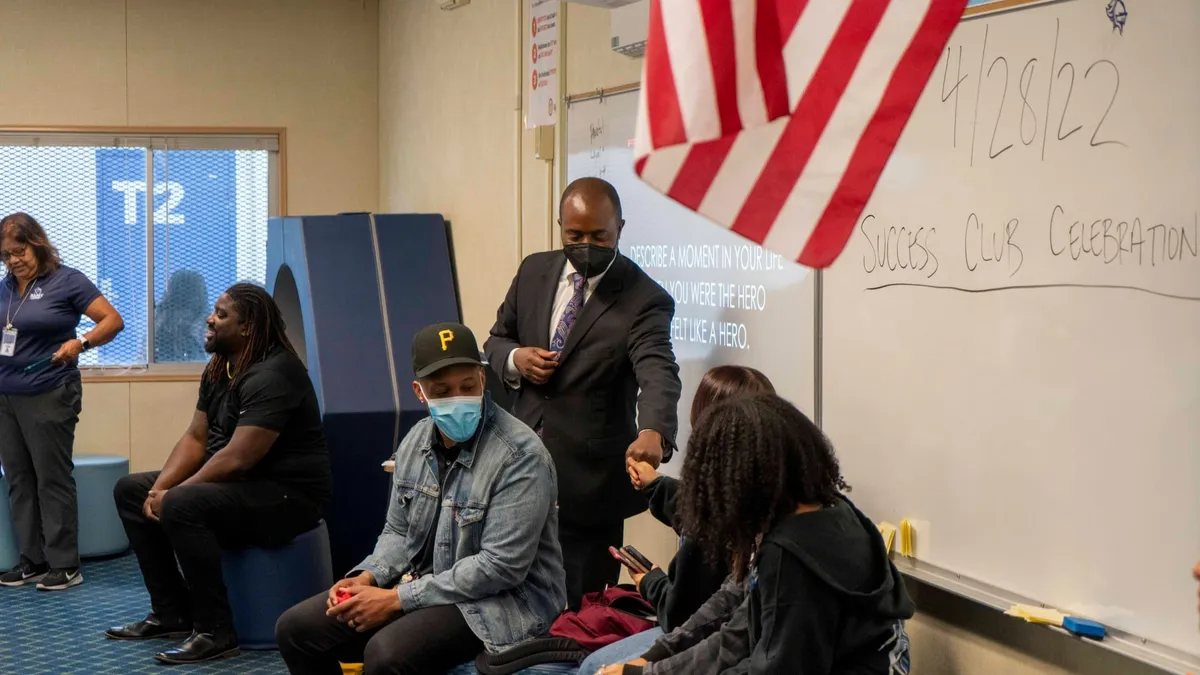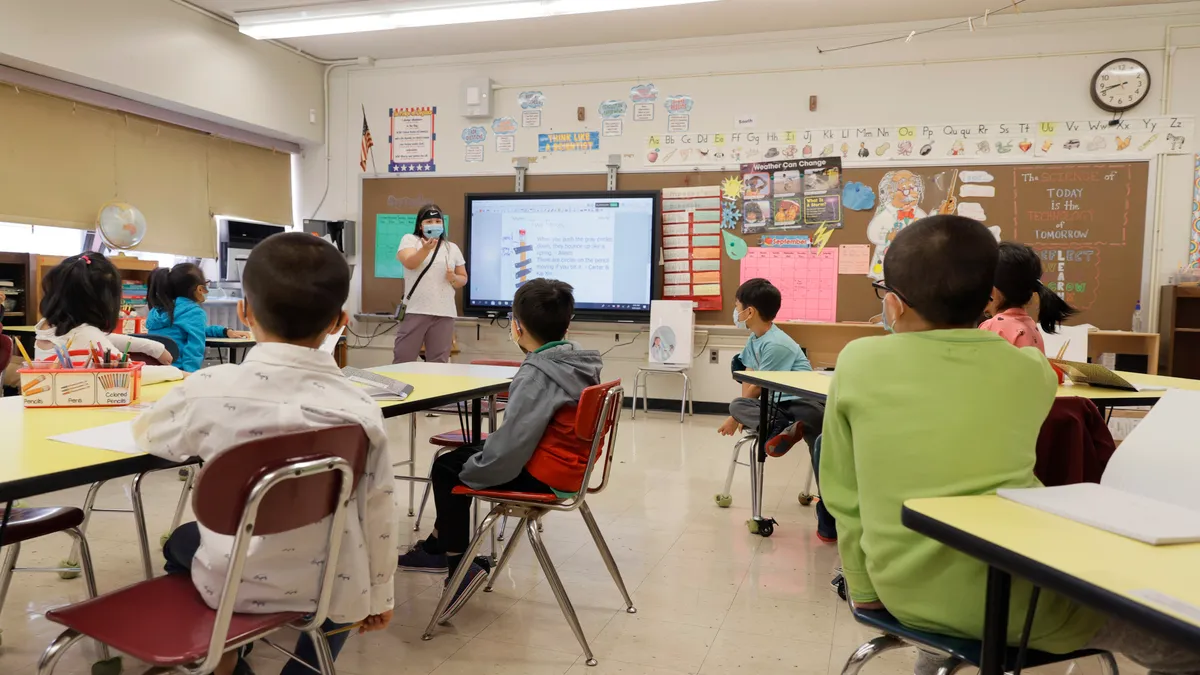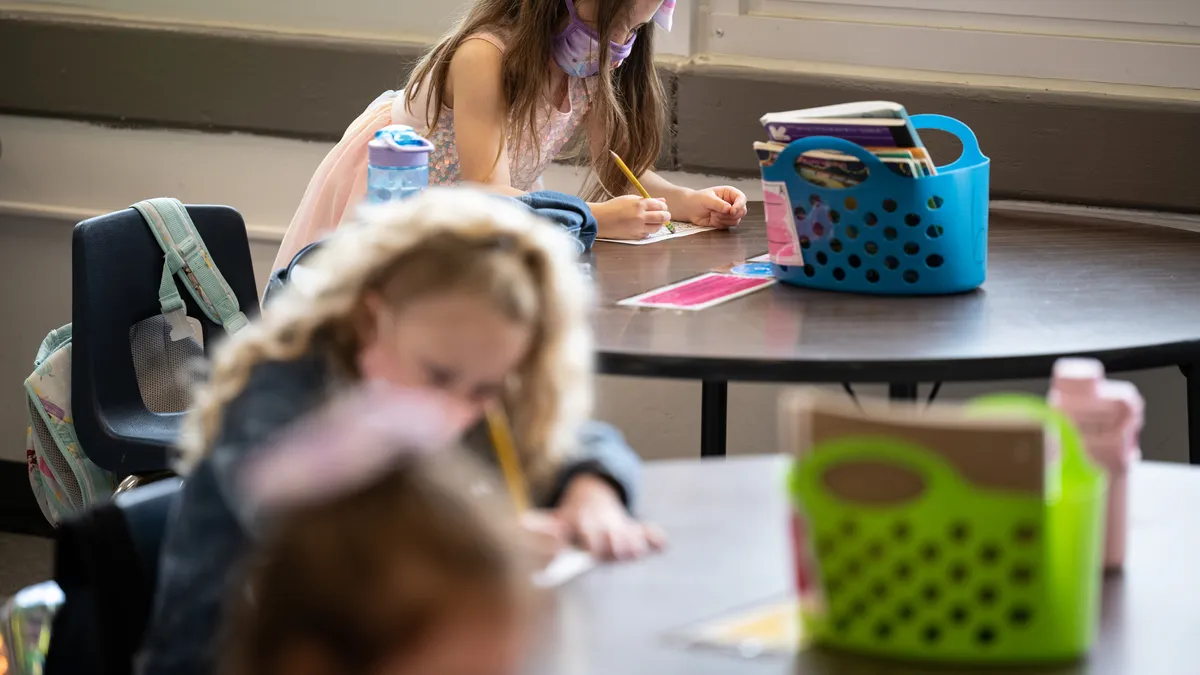Allowing teachers to try new grading procedures in a low-stakes setting and taking a whole-school approach are among the lessons highlighted in a new paper on efforts to change how teachers assess student work.
Focusing on the year-long implementation of a model that the researchers call Elevate, the study provides a window into teachers’ beliefs about grading, as well as the lack of formal preparation they have in this area, the authors write.
“Many teacher educators expect that the schools that hire their students will teach the novices how to grade, or they say they do not have time to cover that topic,” write Brad Olsen of the University of California Santa Cruz and Rebecca Buchanan of the University of Maine. “But public secondary schools rarely have standardized, articulable philosophies of grading or provide induction on the topic.”
The paper also delves into teachers’ reactions when someone challenges practices that have been firmly in place since they went to school — such as reducing a student’s grade for cheating or copying someone else’s work.
“I’m not willing to bend on that one,” a teacher at one of the two high schools in the study said. “Academic dishonesty is worthy of punishment.”
Elevate’s overarching principle is that the sole purpose of grading is to communicate a student’s mastery of academic skills. That meant giving up other traditional approaches, such as lowering a grade for late work, adding points for extra credit, and giving zeroes for missing assignments.
These principles reflect many of the policy shifts related to grading that schools and districts are already implementing. These changes, however, can be difficult adjustments for teachers and often don’t make sense to parents.
In the Park City School District in Utah, for example, parents and school board members are both voicing frustration over a new standards-based grading policy, which assesses students’ mastery of specific knowledge and skills, often using a one-to-four scale. And in a Florida district last year, a teacher said she was fired for not complying with a no-zeroes policy.
Back and forth over testing, grading
Based on interviews with a sample of 15 teachers, two principals and a professional development (PD) provider — Olsen’s and Buchanan’s study comes as other researchers are taking a closer look at the role of class assignments, homework and grading policies in creating more equitable learning experiences for students.
In addition, there are increasing calls among researchers to measure student success through much more than just test scores, but Olsen said in an email that “the back and forth among standardized testing, holistic classroom assessment and teachers' grading practices is nothing new."
Joe Feldman, an education consultant and former school and district administrator, added in an email that most teachers have not had opportunities to examine or improve their grading practices.
“However, when teachers can learn how to improve their grading to be more accurate and equitable, they have an opportunity to bolster the validity and reliability of their grades, and therefore to mount a more justifiable argument against the limitations of standardized testing,” he said. “I think the more high-quality learning opportunities we can provide for teachers to improve grading, the better.”
More attempts to be successful
The Oakdale Joint Unified School District, near Modesto, California, has been considering moving to a no-zero policy — an idea that is meeting some criticism from teachers in higher grades, Danesa Menge, a 7th-grade science teacher in the district, said in an email. While Menge is okay with not giving students zeroes, she does leave blank spaces as a clue to “both students and parents that the assignment hasn't been turned in at all,” she said in an email.
She also accepts late work to replace the blank spaces, allows retakes on all tests and quizzes, and doesn’t give students less than 50% on them. Because she teaches at a traditional junior high, she said her practices help ease students through that transition to having multiple teachers — all with different rules and expectations.
“Students don't come into 7th grade knowing what to do, how to do the work,” she said. “Just like a driver’s test, SATs, etc. — we don't only get one attempt. Why should I limit students’ attempts at being successful?"
Some teachers, such as Daniel Brennick at Literacy Leadership Technology Academy in Tampa, Florida, are also trying out new grading practices on their own. While he doesn’t routinely accept late work, he said in an email that he allows extensions for normally hard-working students who don’t have a previous pattern of missing assignments. And allowing those who do have such a pattern to turn in late assignments might not raise their grade from a D to a C, but it “might increase their understanding of the content and more completely fulfill my role as the teacher,” said Brennick, also a 7th-grade science teacher.
He added that an “effective tutoring practice” is revisiting missing assignments or repeating those that received a low score. “Often times reviewing and completing these assignments in a one-on-one or smaller group setting allows these students to gain a level of understanding a 55-minute period full of social distractions makes difficult,” Brennick said. “That again helps better fulfill my duty as their teacher.”
Teachers tentative about some grading practices
A disturbing realization for some of the teachers in the study on Elevate was that once they no longer considered effort or behavior in assigning grades — focusing just on the demonstration of knowledge — students’ grades would often drop. The Elevate PD provider’s position was that a reduction in D and F grades would show students were mastering the material, while a decrease in A’s would indicate less grade inflation — which a recent study showed has grown more prevalent over time at schools serving students from higher-income families.
The teachers in the study also argued that Elevate’s model of grading for mastery ignored students’ academic growth as well as skills such as communication and creativity. The researchers concluded that while some teachers made changes in their grading practices, it was more of “two-steps-forward-one-step-back” scenario, and that most of the teachers only adopted some of the practices.
Because one of the two schools made the new practices voluntary, the work was “diluted,” the researchers write. At the school where the practices were uniformly implemented, there was more “collegiality around grading and satisfaction” with the new model.
Newer teachers were more likely to try the strategies, while experienced teachers were more resistant. The researchers also found that while the one-year process gave teachers a chance to take an in-depth look at grading, those interviewed months later had “scaled back” many of the practices. “The two primary reasons given were that students were not buying into the new practices, and that the Elevate strategies required more time than the teachers had,” the authors wrote.
For example, some teachers said waiting until a grading period was almost over to turn in late work wasn’t helping students learn the material, and others found that facing “piles of work” in those final days was too much of a burden on their time.
The researchers also recommend that schools allow some flexibility if implementing new grading policies and that university teacher education programs “address grading as an essential topic.”







